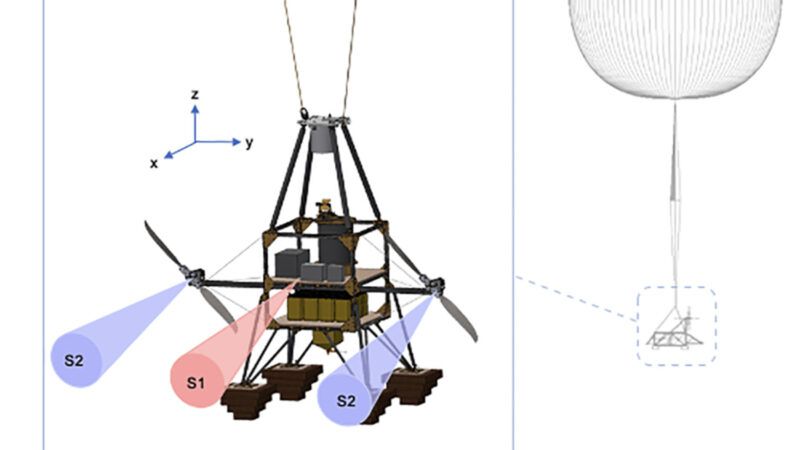Harvard Global Cooling Geoengineering Experiment Halted
Activists oppose research on how to safely deploy an emergency cooling system for the planet.

Last year was the hottest year in the global instrumental temperature record. Since 1960, the atmospheric concentration of carbon dioxide has risen from 315 to 425 parts per million, largely as a result of emissions from burning fossil fuels. Some researchers argue that the pace of global warming is increasing.
Given these trends, it would be a good idea to do some research on an emergency backup cooling system for the planet. Unfortunately, activists have pulled the plug on a preliminary solar radiation management (SRM) experiment. The aim of SRM is to lower average global temperatures by injecting tiny particles high in the stratosphere, where they would reflect a small percentage of sunlight. This would mimic the effect of Mount Pinatubo's 1991 volcanic injection of 17 million tons of sulfur dioxide into the stratosphere, which cooled the planet by about 1 degree Fahrenheit for a year.
In 2021, Harvard's stratospheric controlled perturbation experiment (SCoPEx) planned to test launch a high altitude balloon equipped with propellers and various sensors at a Swedish Space Corporation facility near the arctic town of Kiruna. If all went well, the researchers would later initiate an experiment in which they would release a couple of pounds of harmless chalk particles and then fly back through the cloud to measure their dispersal and reflectivity. The goal was to get some information that would help guide the safe and effective deployment of stratospheric sunscreen in the event that global temperature increase accelerates. But the Swedish government has now caved to pressure and cancelled the experiment, and the Harvard team has now closed down ScoPEx.
If the Swedish government won't let researchers launch, there are 91 weather balloon stations in the U.S. that release radiosondes into the stratosphere twice daily. Some of them are remote enough that the ScoPEx balloon would pose little hazard to people or property.
Many envionmental activists oppose SRM research because they fear it will in fact be cheap and work well. Industrialists, policymakers, and the public would be tempted, in their view, to use its deployment as an excuse to slow down the race to replace fossil fuels with low-carbon energy technologies. But if the world does start heating up rapidly later in this century, the public and policy makers would very likely turn to SRM as an emergency cooling system for the planet.
In my 2022 article "The Unscientific Panic Over Solar Geoengineering," I argued:
We are bequeathing to our descendants a world in which the climate is changing in what may be very deleterious ways. "In this context," Yale geoengineering lecturer Wake Smith and White House energy expert Claire Henly ask, "is it justified for us to deprive future generations of tools that may lessen the pain we have inflicted? They may or may not use these tools, but surely those decisions are theirs to make."
Activist-enforced scientific ignorance of SRM is not the right answer.



Show Comments (176)